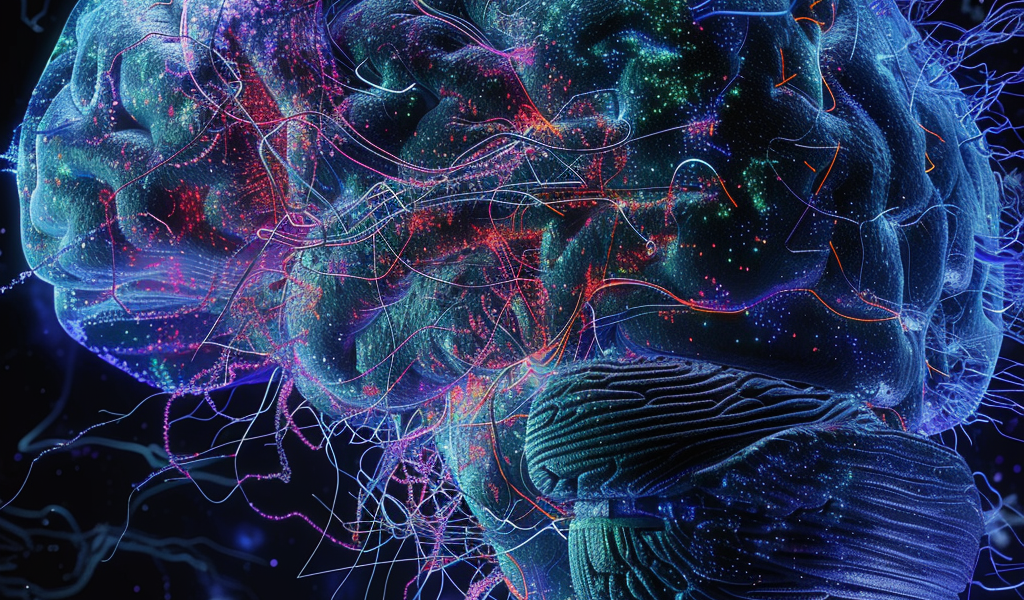Revolutionizing Neuroscience: MIT Researchers Develop Technology for 3D Imaging of Entire Human Brain Hemispheres
Exciting advancements in neuroscience research have been made as a team of researchers from the Massachusetts Institute of Technology (MIT) successfully developed a technology pipeline that allows for 3D imaging of entire human brain hemispheres at subcellular resolution. This groundbreaking achievement opens up new possibilities for studying the intricacies of the human brain in health and disease.
In a recent study published in Science, the MIT-based team detailed their innovative approach to processing, labeling, and imaging full hemispheres of the brains of two donors, one with Alzheimer’s and one without. By utilizing advanced imaging techniques, the researchers were able to capture detailed images of various cells, vasculature, and proteins within the brain tissue.
Senior author Kwanghun Chung, an associate professor at The Picower Institute for Learning and Memory, highlighted the significance of this technology pipeline in enabling the analysis of the human brain at multiple scales. The data obtained from this study has the potential to contribute towards the comprehensive mapping of human brains in the future.
While the study does not yet provide a complete map or atlas of the entire brain, it serves as a proof of concept by showcasing the capabilities of the technology pipeline. The researchers demonstrated the ability to visualize thousands of neurons within whole brain regions, individual cells in intricate detail, and subcellular structures at high resolution.
One of the key advantages of this technology is its ability to image entire brain hemispheres intact, down to the level of individual synapses. This level of detail is crucial for gaining a deeper understanding of the human brain in both healthy and diseased states.
The researchers presented a range of quantitative analytical comparisons focusing on specific regions within the Alzheimer’s and non-Alzheimer’s hemispheres. By studying these regions in detail, scientists hope to uncover insights into the mechanisms underlying neurodegenerative diseases like Alzheimer’s.
Overall, this technological advancement represents a significant step forward in the field of neuroscience, offering new possibilities for studying the complexities of the human brain. The ability to image whole brain hemispheres at subcellular resolution has the potential to revolutionize our understanding of brain function and could pave the way for future breakthroughs in neurological research.





